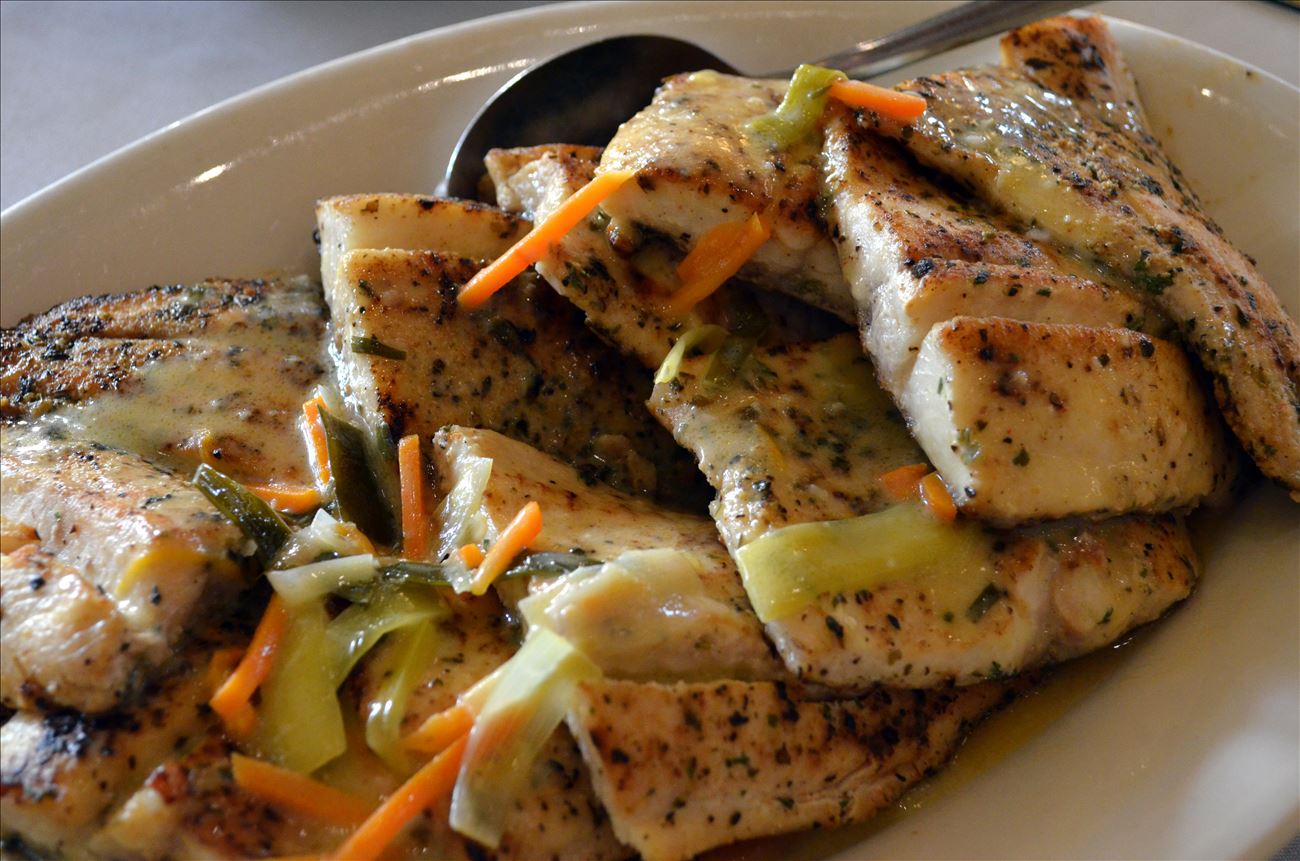Great Lakes fisheries have always provided an abundant and important food source for people and communities of the Great Lakes region.
Native Great Lakes peoples were fishing as early as 3000 B.C. (Late Archaic Period). These groups developed techniques for spearing fish like Lake Sturgeon, Northern Pike and suckers, and angling for fish from canoes or through the ice. Fish was a major influence on the earliest people in the region, where groups in the upper (northern) Great Lakes region subsisted mainly by fishing and hunting. The seasonal movements of fish into the shallow areas of the upper Great Lakes guided the peoples’ subsistence and settlement patterns because they chose to settle proximate to food and water resources. Woodland Period people made seine nets which were used to corral fish like Northern Pike, Freshwater Drum, bass and suckers along the shore for harvest. Requiring cooperation, family groups would often gather at Great Lakes shorelines to work together during fishing seasons.
Native peoples began developing and using gill nets around the year 800, which allowed harvest of offshore fall spawning fish like Lake Trout and Whitefish. Fall fishing meant that a large catch could be preserved by smoking or freezing for use throughout the winter. French explorers and early missionaries began arriving in the upper Great Lakes in the 1660s. Europeans also recognized the values and extent of the Great Lakes fisheries; observing and learning from Native American fisheries. By the late 1800s commercial fishing on the upper Great Lakes had taken off, and 150 million pounds of fish were harvested annually from the Great Lakes at the turn of the twentieth century. Many of these fish were processed and shipped even beyond the Great Lakes region.
Today roughly 40 million pounds of fish are harvested still today - offering a sustainable, local, and high quality food source for Great Lakes communities (and beyond). Lake Whitefish, Walleye, Yellow Perch, and Rainbow Smelt reflect primary harvests both by pounds and in value. Yet many species (and flavors) contribute to the commercial harvest, including Lake Trout, Bloater (chubs), Cisco (Lake Herring), Channel Catfish, and more. Aquaculture is another important and growing industry in the Great Lakes region providing another source of fish for the food market. Fish growers in the region raise many types of fish like trout, catfish and yellow perch. These Great Lakes commercial fishing and aquaculture industries ensure fish remain available to our tables as a valued, healthy, and flavorful food source.
From fish markets to local restaurants, discover your opportunity to enjoy a taste of the Great Lakes.
Source: Life of the Lakes: A Guide to the Great Lakes Fisheries, Michigan Sea Grant; and Michigan Sea Grant
What you can do here
Buy FishEat Fish
Michigan Sea Grant, Upwellings publication, March 2015 special edition | Info | |
website that offering health information and resources for selecting (fishing for or buying) and preparing fish safely. | Info | |
| Info | ||
A feature focused on eating Great Lakes fish from Chippewa Ottawa Resource Authority newsletter (March 2003) | Info | |
Fish recipes shared by VanLandschoot & Sons Fish Market | Info | |
Freshwater Feasts is a cooking blog from Michigan Sea Grant. | Info | |
| Info | ||
Tasty favorite fish recipes from Susie Q Fish Company (Two Rivers, Wisc.) | Info | |
The Michigan Fresh Fish website serves to help locate, purchase, and prepare local fish. | Info | |
As the owner of this restaurant Chris Carlson strives for his foods quality and service quality like its “freshness and for it to be homegrown.” | Info | |
A Great Lakes cookbook celebrating Lake Whitefish fish and fishery. | Info |
Affiliated Organizations: Michigan Sea Grant, Michigan Fish Producers Association, Wisconsin Sea Grant
